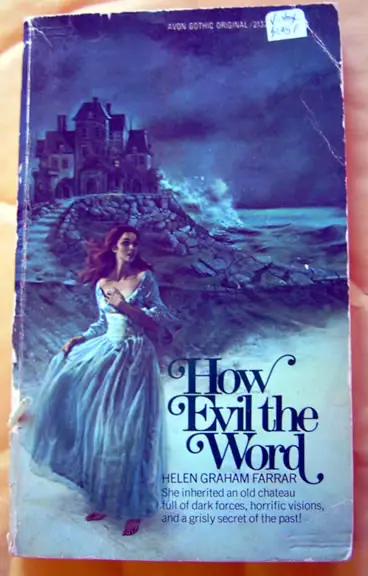
Horror is dominated by two big Ks: Stephen King and Dean Koontz. When someone asks for horror, they’re probably going to get handed one of those two authors. But beyond that, this is often where people’s knowledge drops off. If they’ve read those, then what? There’s loads of one hit wonders that churned out one spooky chiller of the week based on whatever was currently hot: serial killers, Satan, killers animals, etc, and then dropped out of the genre… and sometimes out of writing all together.
Even some big names made a brief foray into horror of the week and then went back to their main genre. For example, James Patterson “Cradle and All” was originally a much shorter book, “The Virgin”, which was very standard bride of Satan affair in its first incarnation. Martin Cruz Smith who’s now well known for serious Russian police procedurals wrote “Nightwing”, which features killer vampires bats.
Even King and Koontz themselves went off for a brief foray into other genres. King’s Dark Tower and Eyes of the Dragon easily qualify as dark fantasy rather than horror per se. Koontz went even further and wrote gothic romances under the name Leigh Nichols for awhile. They were later reissued under his own name as horror novels, but the original cover art featured attractive young ladies with heaving bosoms running away from the nameless perils in the cursed mansion.
As such, when someone asks for a recommentation, its often best to determine WHICH books they liked by King or Koontz before making a recommendation as they may not really want something from the horror genre at all.

